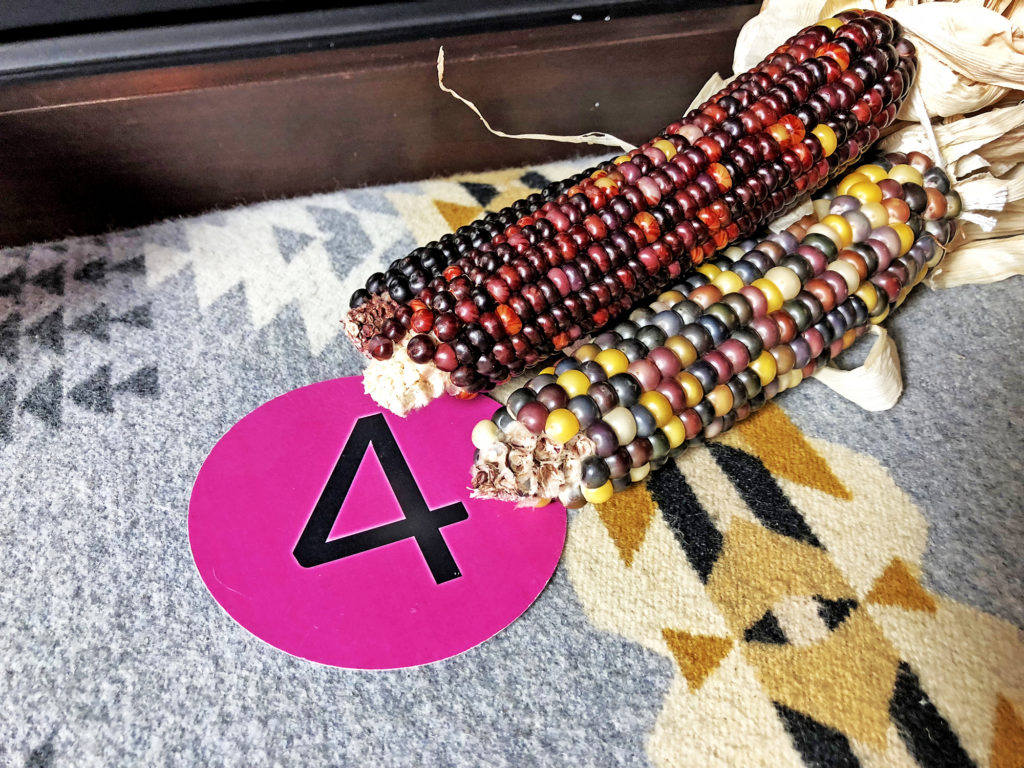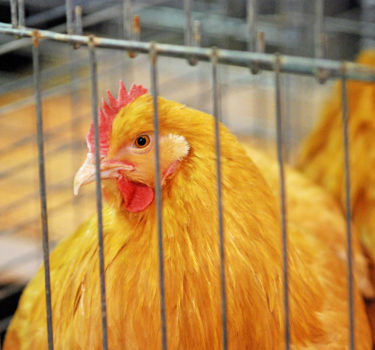
Artificial Selection
Artificial Selection
Humans have been selectively breeding organisms for thousands of years.
Learning Objective: Compare artificial selection to natural selection and give multiple examples of artificial selection in animal species.

For thousands of years, humans have known that if you breed two parent organisms with a desired trait, that trait is likely to appear in their offspring.
Artificial selection is humans breeding organisms, selecting for certain traits. Darwin artificially selected pigeons as part of his research. Artificial selection has similarities to natural selection.
Take a moment to recall the steps of natural selection, or V.I.S.T.A.
We can still use V.I.S.T.A. for artificial selection with a slight modification:
V: there is still variation in organism\’s traits, naturally occurring mutations that humans can select to breed.
I: this also depends on inheritance, the genetically-based traits being passed on in eggs and sperm to produce an offspring.
S: in this case humans are doing the selecting of who lives and reproduces.
T.: It still takes time or generations for a trait to become augmented.
A: The species has changed, but the adaptation is to human desired traits, not necessarily the organism\’s natural environment.

We\’ll use corn as an example of artificial selection throughout the course. Some of the genetics of corn are simple enough for introducing more complex traits observed in animals.
Watch this video; you can select the closed captioning \”cc\” option if you would like to see the text.
In the next section we\’ll take a closer look at dog breeds as an example of artificial selection in action.











